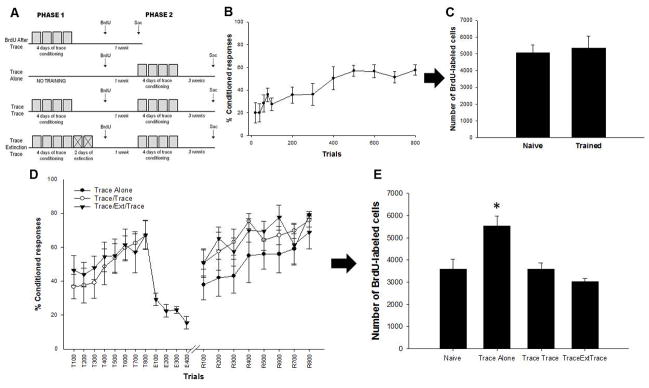Figure 3. Acquisition but not memory expression increases the number of surviving cells.
A schematic of the experimental design for experiment 2. To assess the effect of learning on the number of cells generated after training, one group of animals were trained and then given a BrdU injection at the time point at which the other groups began phase 2 of training (BrdU After Trace). These animals were euthanized seven days after the BrdU injection. Another group (Trace Alone) animals received no training during phase 1 and were given a BrdU injection seven days before phase 2 trace training. A third group (Trace/Trace) received trace training during phase 1, before the BrdU injection, and were trained with trace conditioning again seven days after the BrdU injection. Another group of animals (Trace/Extinction/Trace) was treated similar to animals in the Trace/Trace condition but received additional extinction trials following phase 1 before the BrdU injection (A). Acquisition of the CR for animals injected with BrdU after trace conditioning (B). The number of BrdU-labeled cells in these animals. Trained and untrained animals have a similar numbers of BrdU-positive cells (C). Acquisition, extinction and reacquisition of the trace memory. Animals in the Trace/Extinction/Trace condition extinguished their responding to the CS but quickly reacquired the CR during retraining. Animals remembered the trace task more than one week after acquisition, regardless of extinction training (D). Animals trained with only a single phase of trace conditioning possessed more BrdU-labeled cells than animals trained again after learning. * indicates p < 0.05.

